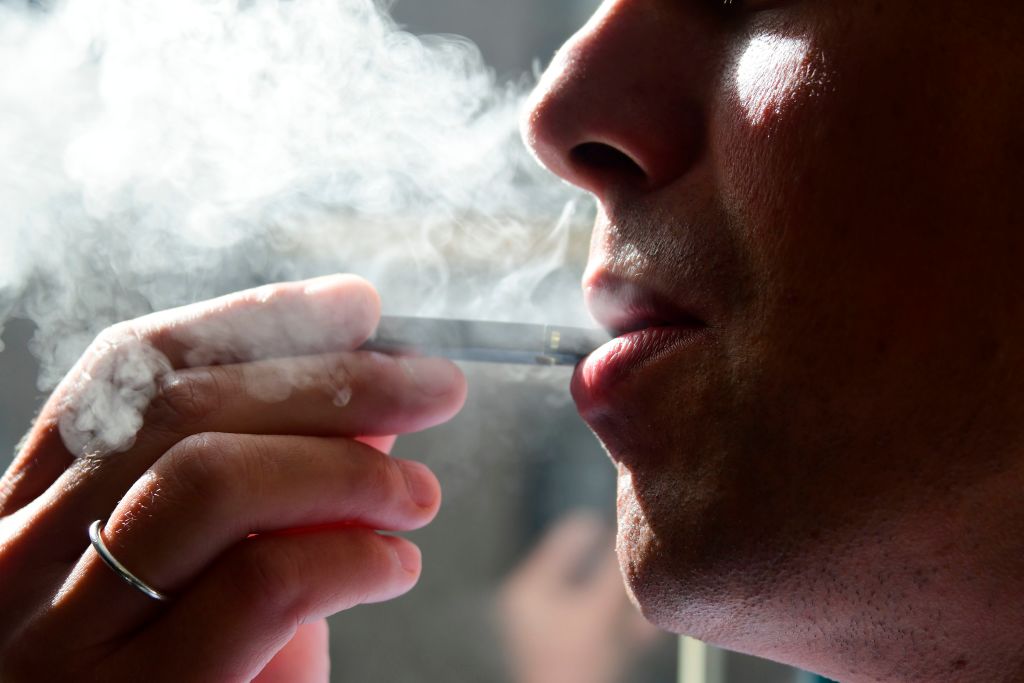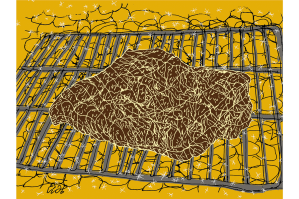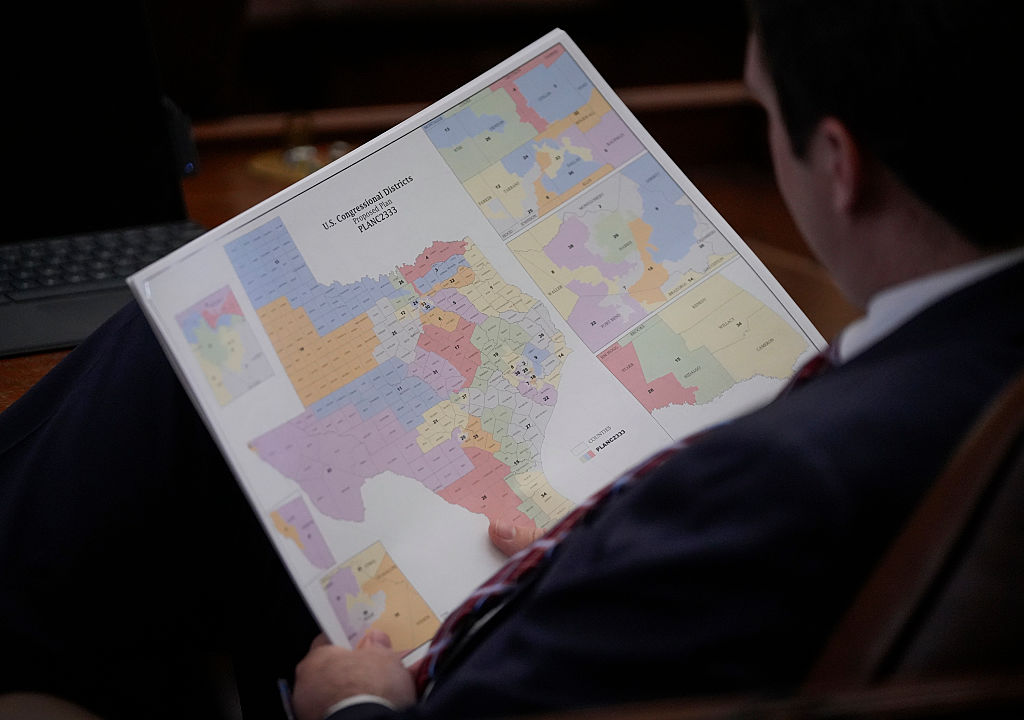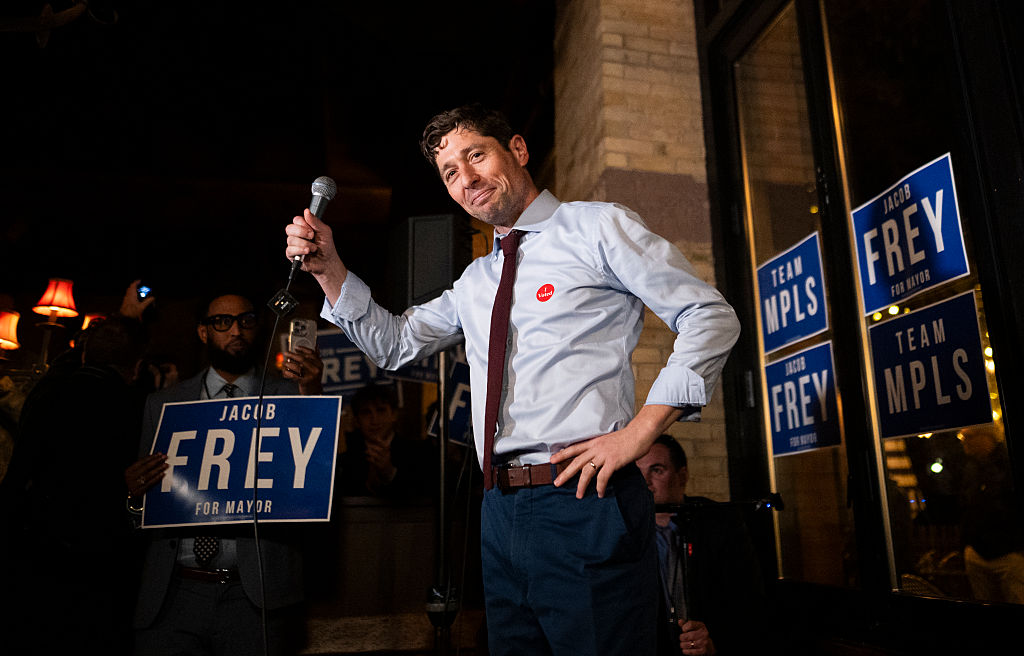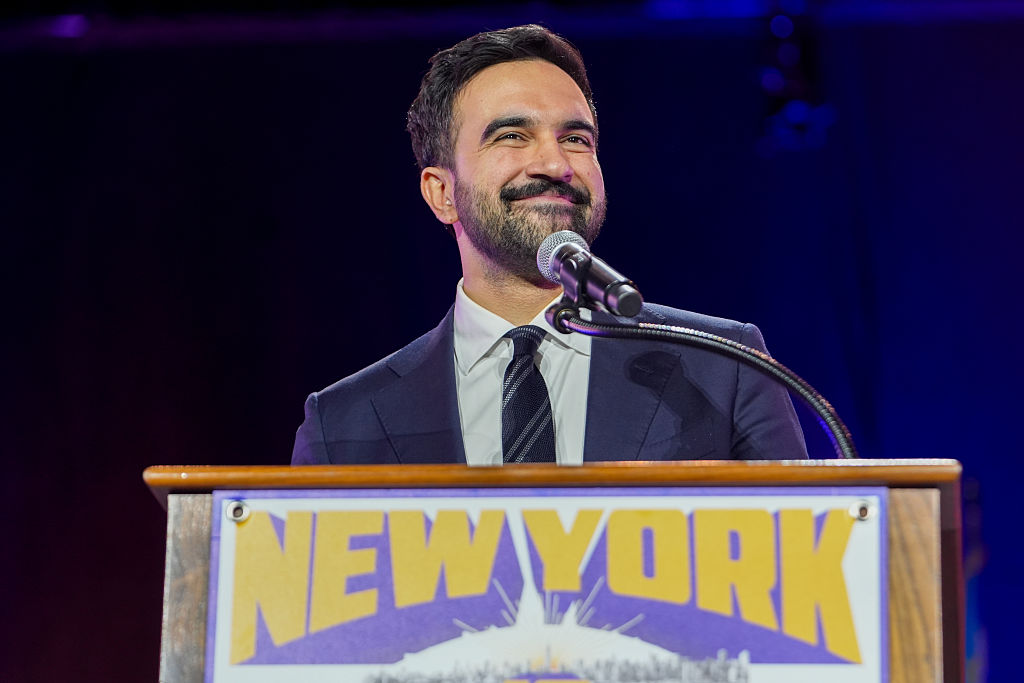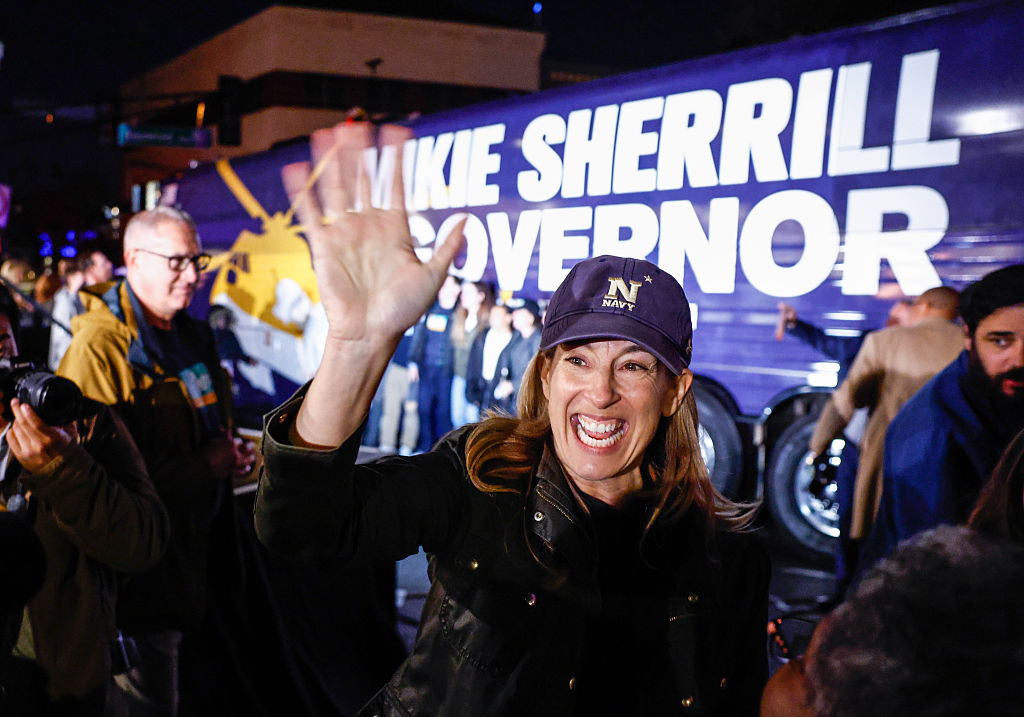President Joe Biden during his 2020 campaign vowed not to raise taxes on anyone earning less than $400,000 a year. That promise recently hit an iceberg in the form of a new excise tax on nicotine.
Kentucky Congressman John Yarmuth inserted the tax into the tome-like Build Back Better Plan bill last week. Yarmuth’s amendment appears to focus on e-cigarettes, vape juice, and other non-tobacco items by classifying them as extracted nicotine products with a max levy of over $50. That’s like the current tobacco tax. It’s unknown how much revenue Yarmuth hopes to raise, though the original Build Back Better Plan included $96 billion in tobacco and e-cigs taxes.
Any nicotine tax will hit the lower and middle classes harder than anyone else. The CDC said in 2018 that at least 17 percent of U.S. adults in the “poor” or “near poor” categories used vapes or e-cigarettes, with most of them between 18 and 44 years old. A combined average of 10.5 percent of African Americans, Hispanics, and Asians vape. It’s worth noting that e-cigarette use dropped last year after the federal government tightened regulations, while cigarette use increased for the first time in two decades. This could mean that nicotine users are now switching back to tobacco products due to their availability, quite the unintended consequence.
There’s no guarantee that Congress won’t next target tobacco. The Build Back Better Plan remains under construction, and there’s still the separate Tobacco Tax Equity bill. The proposed costs may not seem like much, around $2 per cigarette pack, but Barclays Global Tobacco and Cannabis Analyst Gaurav Jain told investors this week that it equals a 14 percent increase in Marlboro packs. The discount brands will see prices increase by 31 percent. E-cigarettes and vapes will take an even harder hit with up to a 50 percent jump in prices. Jain guesses that tobacco companies will pass the increased price burden down to consumers and avoid major financial constraints. This doesn’t count state sin taxes.
The lower and middle classes are also heavily impacted by tobacco taxes. A 2017 Centers for Disease Control and Prevention study revealed more than 30 percent of those living below the poverty level smoked cigarettes. Over 25 percent of Americans who lived at or around the poverty level also lit up. Those who made more smoked at an even lesser rate — around 15 percent. Last year’s census data found that 37.2 million Americans lived in poverty, meaning a new tobacco tax would hit around 13 million poor people if the math checks out.
What’s more is that these taxes don’t necessarily induce better behavior. A 2012 National Bureau of Economic Research paper found that “a 10% tax increase is associated with between a 0.3% to a 0.6% decrease in smoking participation and a 0.3% to a 0.4% decrease in smoking intensity.” The anti-smoking Center for Tobacco Control Research and Education made a similar determination in 2014, noting that smoke-free workplaces and graphic warnings do more to lower smoking rates versus taxes.
Tobacco tax advocates like to cite a 2001 impacTEEN and YES! paper as proof that higher levies lower tobacco usage in teens. But those researchers hedged, writing that “individuals who are classified as having initiated smoking based on greater cigarettes smoked are more price responsive than are individuals classified as having initiated smoking based on fewer cigarettes smoked. This is not surprising given that many adolescents who experiment with cigarettes or smoke in small quantities never purchase their own cigarettes, but rather ‘borrow’ from a friend.”
Not exactly a resounding endorsement of tobacco taxes.
Taxing younger people and minorities, whose votes Democrats rely on, is not the best way to win over said voters. Thankfully there’s been some pushback in Democratic circles. Kentucky Governor Andy Beshear warned Biden about a potential $51 million in lost revenue to businesses and farmers and almost 300 job losses if any tobacco taxes become law. Certainly new taxes won’t help the economy as America recovers from the coronavirus pandemic. They won’t do much to reduce vaping or smoking either.



